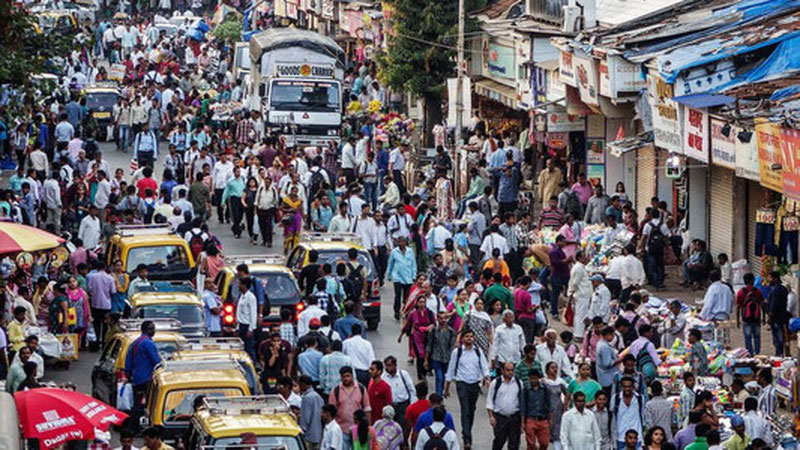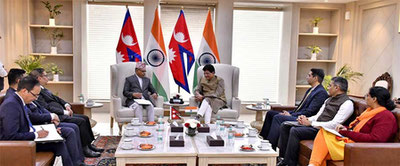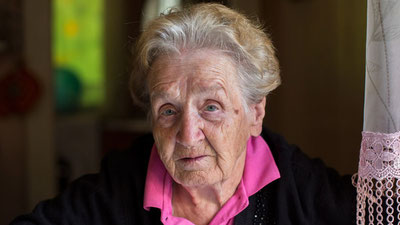According to the new demographic report by the United Nations, the population of India will reach 1.46 billion by 2025. This was reported by The Economic Times here.
This is said to be the highest figure in the world. In addition, it has been added that the country's overall birth rate has fallen. The State of World Population (SOWP) report for 2025 by the UN highlighted that millions of people are not firmly decided on the goal of having children.
In the report, it is also shown there have been key changes in population composition, birth rates, and life expectancy, indicating significant demographic shifts. The total fertility rate in the country has fallen to 1.9 per woman. This means the average Indian woman is having fewer children than necessary, without migration.
Despite the decline in birth rates, the number of young people in India is significant: 24 percent between the ages of 0-14, 17 percent between the ages of 10-19, and 26 percent between the ages of 10-24.
68 percent of the country's population is of working age (15-64 years), which, if supported with appropriate employment and political backing, provides a potential demographic dividend.
The elderly population (65 years and older) currently makes up 7 percent. This percentage is expected to grow in the coming decades with improvements in life expectancy. As of 2025, life expectancy is projected to be 71 years for men and 74 years for women.
India is currently the country with the largest population in the world, standing at 1.5 billion. This figure is expected to grow to 1.7 billion before beginning to decline in about 40 years, according to the report.
In 1960, the population of India was approximately 436 million. Each woman had nearly 6 children on average. At that time, women had less control over their own bodies and lives compared to today. According to the report, one in four used some form of contraception and half had received primary education (World Bank data, 2020).
“India has made significant achievements in reducing the birth rate. While in 1970 each woman had nearly five children, today, due to opportunities for improving education and reproductive health, this number has dropped to two. This has led to a significant reduction in maternal mortality, meaning today millions of mothers are alive, raising children. Nevertheless, deep inequalities persist across states, castes, and income groups,” said Andrea M Wojnar, UN representative in India.






